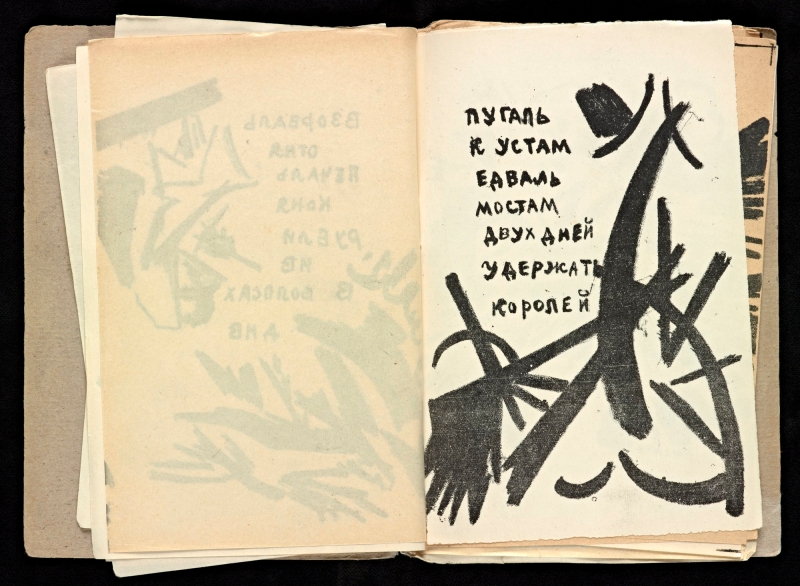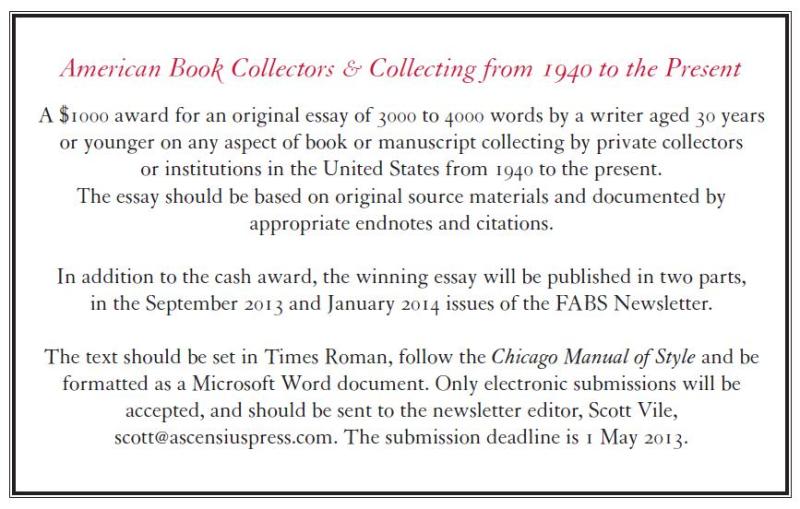COMPOSITION: MAKING MEANING THROUGH DESIGN
UCSB, May 15-16, 2014
All events take place at the University Center’s Santa Barbara Harbor Room (downstairs, facing the lagoon) unless otherwise noted.
THURSDAY MAY 15
Informal drop-in sessions. Note locations below.
10:00-12:00 Scanner Praxis Demo (Presented by Marcel Brousseau, Ashley Champagne, Zach Horton, and Lindsay Thomas) Location: South Hall, Room 2509
11:30-1:00 Special Collections Open Session Location: Davidson Library 3rd Floor, Special Collections
Lunch: On your own (there are several dining options in the University Center, and some at the Arbor across from Davidson Library)
Afternoon sessions take place at the University Center’s Santa Barbara Harbor Room.
1:30-1:45 Welcome remarks (Sophia Rochmes & Charlotte Becker)
1:45-3:00 Featured talk:
Brian Kim Stefans (UCLA) “Establishing and Dispelling Ground in Print and Screen Design”
3:00-3:15 Coffee break
3:15-4:45 Panel: “Material Performance and Textual Design”
Moderated by Sarah Bane, History of Art & Architecture
- Jessie Park (Univ. of Arizona) “Defying Categorization, Defining Practice: Pieter Coecke van Aelst’s Illustrations in the ‘Triumph of Antwerp’ of 1550”
- Rhae Lynn Barnes (Harvard) “Social Media and Race Making in the Materiality of Blackface Plays”
- Kurt Ozment (Bilkent Univ.) “The Visual Dimension of Morton Feldman’s Musical Compositions”
FRIDAY MAY 16
All events today take place in the University Center’s Santa Barbara Harbor Room
9:00-9:30 Coffee & pastries
9:30-10:30 Panel:“Medieval Frames, Gendered Paratexts”
Moderated by Aria Dal Molin, French and Italian
- S.C. Kaplan (UCSB) “What’s in a Frame?: The Function of the Maps in Chantilly, Musée Condé ms. 653, Le Paradis de la reine Sibylle“
- Anneliese Pollock (UCSB) “Text and Image in Jehan Drouyn’s La Nef des folles: An Appeal to Women and Their Five Senses”
10:30-10:45 Coffee break
10:45-12:00 Featured talk:
Sara Pankenier Weld (UCSB) “From the Origins to the Obliteration of Avant-Garde Aesthetics in Early Soviet Picturebook Iconotexts”
12:00-1:00 Catered lunch (University Center’s State Street Room, adjacent to the Harbor Room)
1:00-2:30 Panel: “Embodied Meanings in Text and Image”
Moderated by Shay Hopkins, English
- Rachel Levinson-Emley (UCSB) “The Medieval ‘Sign Man’: A Text Composed on the Body”
- Boryana Pouvkova (Univ. Hamburg) “Interaction between texts and images in the Greek manuscript Bibl. Sc. Cyrilli et Methodii 148A”
- Lindsey Baker (Univ. Arizona) “Carrie Mae Weems: Three Bodies of Work”
2:30-3:30 Featured Graduate Student Talk:
Elizabeth Shayne (UCSB) “Sacred Text Boxes: The Layout of the Babylonian Talmud”
3:30-3:45 Break
3:45-5:15 Panel: “Authorial Design, Material Composition”
Moderated by Pavneet Aulakh, English
- Johannes Depnering (Univ. Oxford) “The composition of a medieval mystic’s manuscript: meaning-making in a stressful situation”
- Annie Abrams (NYU) “’Presently a Sparrow Comes’: A History of Thoreau’s ‘Speech of a Saxon Ealderman’”
- Jessica Beard (UCSC) “The Dickinson Archive: ‘How are we to think of There?'”
5:15-5:30 Closing remarks (Jim Kearney)
Organized by:
History of Books and Material Texts Research Focus Group
Charlotte Becker, Jim Kearney and Sophia Rochmes
With generous sponsorship from:
Mellon Fellowship in Critical Bibliography at Rare Book School, UVA
And co-sponsorship from:
Interdisciplinary Humanities Center
Department of the History of Art and Architecture
Department of English
Department of History
Department of Germanic, Slavic and Semitic Studies
College of Creative Studies



